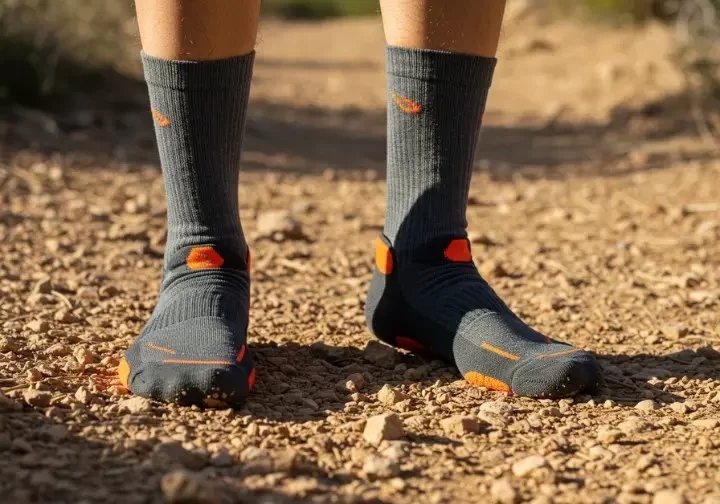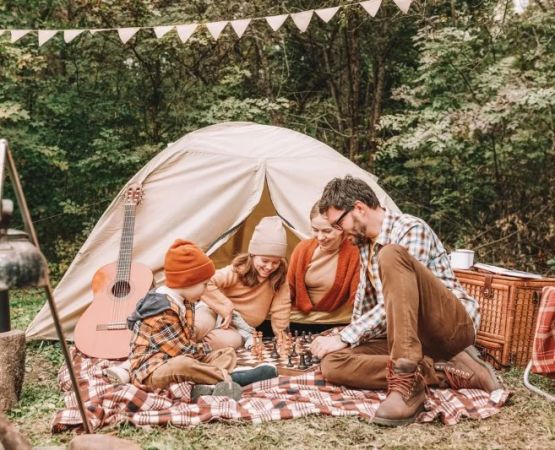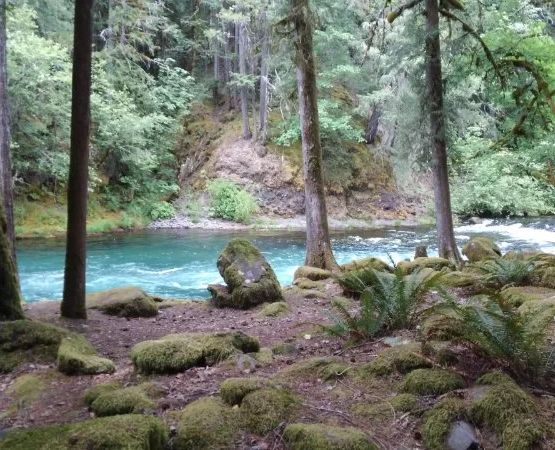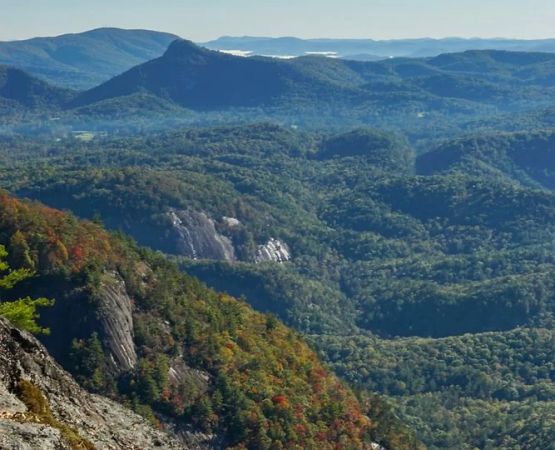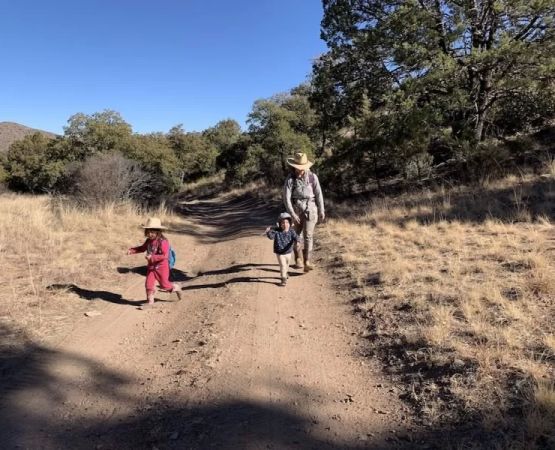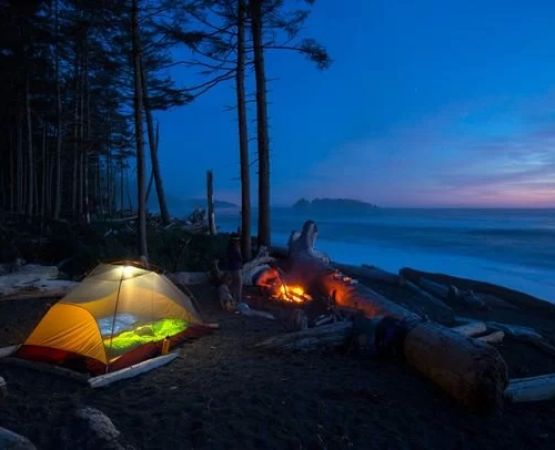- Why Socks Matter More Than You Think
- The Importance of Fabric Choice
- Fit, Cushioning, and Comfort
- Managing Moisture and Heat
- Stories from Real Trail Experiences
- Choosing Socks for Longer Hiking Adventures
- Where to Find the Best Options
Why Socks Matter More Than You Think
When preparing for a summer hike, most people focus on boots, hydration packs, and sun protection. Yet, the humble hiking sock can make or break the experience. Ill-fitting or poorly designed socks can lead to painful blisters, overheated feet, and even infections if left unchecked. On the other hand, the right pair of hiking socks for warm weather can keep your feet cool, cushioned, and ready to take on mile after mile. Many seasoned hikers will tell you: investing in proper socks is just as crucial as choosing the right shoes.
The Importance of Fabric Choice
Fabric plays a key role in ensuring comfort during warm weather hikes. Merino wool, despite its reputation as a winter material, is often recommended because of its natural breathability and moisture-wicking properties. Unlike cotton, which traps moisture and heat, merino wool and synthetic blends like nylon and polyester help regulate temperature while preventing blisters. Some brands also add spandex for stretch, ensuring socks stay snug on the foot. Choosing lightweight, breathable fabrics ensures hikers avoid the heavy, sweat-soaked feeling that ruins long treks in the sun.
Fit, Cushioning, and Comfort
Even with the right fabric, a poor fit can cause problems. Hiking socks designed for warm weather often come with strategic cushioning that supports high-impact areas like the heel and ball of the foot. At the same time, they keep bulk to a minimum, allowing your feet to stay ventilated. Compression features in some models help improve circulation, which is especially helpful when covering rugged terrain. Think of hiking socks as an extension of your footwear: they need to fit like a second skin, offering both support and freedom of movement.
Managing Moisture and Heat
Blisters are one of the biggest threats on warm weather hikes, and they usually form when moisture meets friction. Moisture-wicking socks are designed to draw sweat away from the skin and release it into the air. This not only reduces blister risk but also minimizes odor, which can be a concern during multi-day treks. Ventilation zones — mesh-like panels built into some socks — add another layer of heat control, allowing feet to “breathe” even when inside sturdy hiking boots. The result is a cooler, drier, and far more enjoyable hike.
Stories from Real Trail Experiences
Consider a hiker who set out to conquer sections of the Appalachian Trail one summer. She wore regular cotton socks on the first day, only to find her feet blistered and overheated within hours. The next day, she switched to lightweight merino wool socks with reinforced heels, and the difference was striking. Not only did her feet stay cooler, but she completed multiple days of hiking without discomfort. Real-life stories like these prove that the choice of hiking socks can transform a challenging trek into a memorable adventure.
Choosing Socks for Longer Hiking Adventures
For longer hikes or overnight camping trips, durability becomes just as important as comfort. Warm weather socks should withstand repeated washes, exposure to dirt, and constant friction without losing shape. Some hikers even pack multiple pairs to rotate, ensuring they always have a dry, fresh set available. Smart preparation also includes testing socks before big trips — wearing them on shorter hikes helps identify potential issues like tightness around the calf or insufficient arch support. These small adjustments can make a significant difference on extended adventures.
Where to Find the Best Options
With so many brands and options available, it can be overwhelming to choose the right hiking socks. Outdoor gear stores, specialty retailers, and even resorts like Pine Cliff Resort often provide expert recommendations based on your specific needs. Whether you’re preparing for a casual day hike or a multi-day journey through challenging terrain, selecting high-quality, breathable, and moisture-wicking socks will help ensure your feet stay healthy and comfortable. Think of them as a small but powerful investment in the overall success of your adventure.

